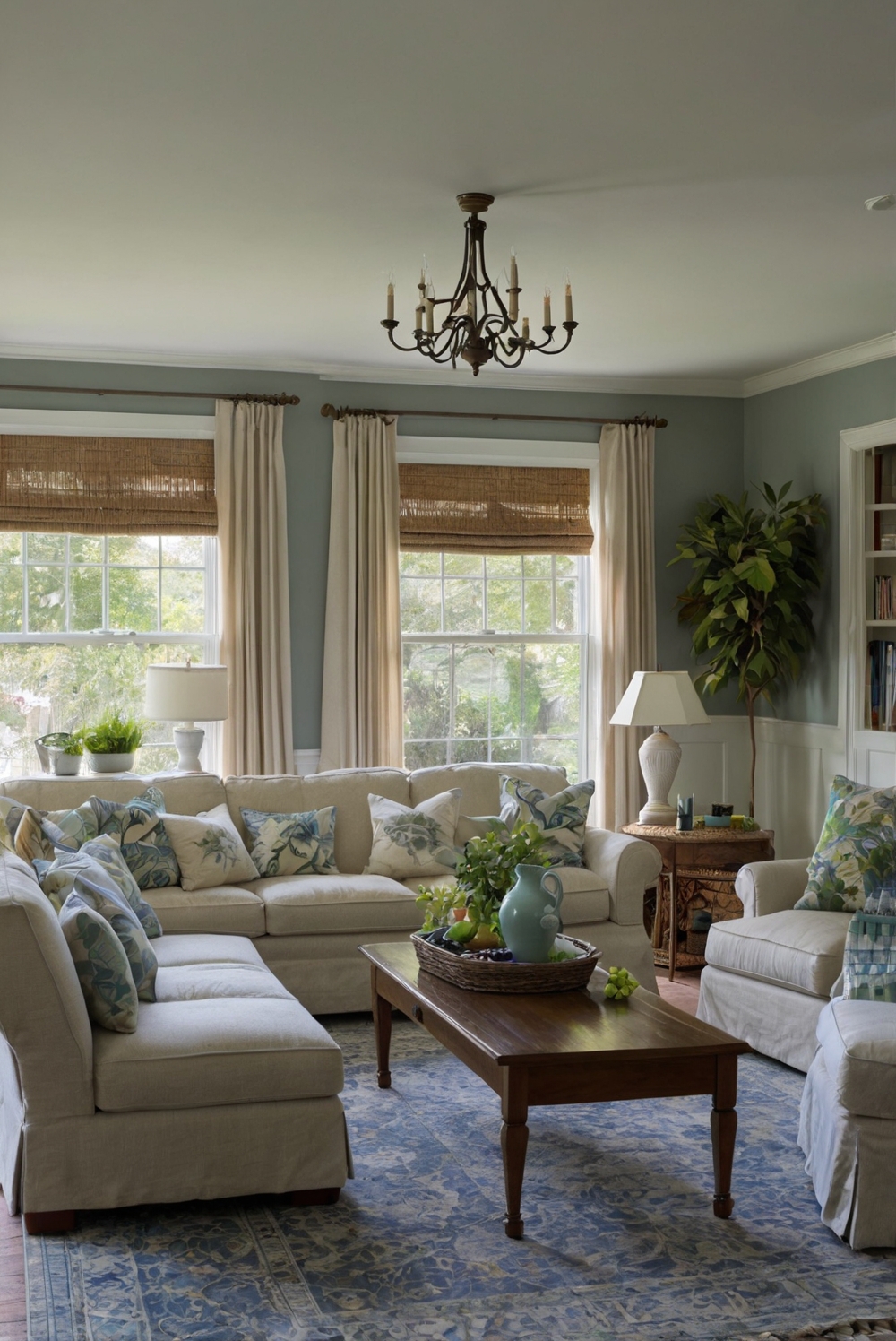Discover the ideal lighting direction for various activities in your everyday interior design routine. Explore how lighting choices enhance the ambiance and functionality of each space.
What’s the Best Direction for Different Activities’ Lighting?
For a successful home interior design and decorating, lighting plays a crucial role. Different activities in the house require varying lighting directions. In the bedroom, intimate and calming lighting is ideal, so placing bedside lamps on either side of the bed works well. For kitchen activities, overhead lighting or under-cabinet lights are beneficial to illuminate workspaces. In the living room, a combination of ambient and task lighting can create a cozy atmosphere. When painting walls, ensure to match colors correctly using primer paint. Home paint colors should be chosen carefully to enhance each room’s style and mood.
What’s the Best Direction for Different Activities’ Lighting?
For Reading:
When it comes to reading, it is crucial to have the right lighting direction to avoid eye strain. The best direction for reading is to have the light source coming from behind you and over your shoulder. This helps to illuminate the page without causing glare or shadows. Additionally, having a task light directly above the reading material can further enhance visibility and reduce strain on your eyes.
For Cooking:
For cooking activities, it is essential to have adequate lighting in the kitchen to ensure safety and efficiency. The best direction for kitchen lighting is to have overhead lights or under-cabinet lights that illuminate the countertop and cooking area. This helps to prevent accidents and allows you to see clearly while preparing meals. Additionally, having task lights above the stove or on the range hood can further enhance visibility and make cooking easier.
For Working:
When it comes to working, whether it’s at a desk or in a workshop, proper lighting is key to productivity and focus. The best direction for work lighting is to have a task light positioned above your workspace to provide direct illumination. This helps to reduce eye strain and shadows, allowing you to work efficiently for longer periods. Additionally, having ambient lighting in the room can help create a comfortable and well-lit environment for work.
Conclusion:
Choosing the best lighting direction for different activities is crucial for creating a comfortable and well-lit environment. By understanding the specific lighting needs for reading, cooking, and working, you can optimize your lighting setup to enhance visibility, reduce eye strain, and improve productivity. Remember to position the light source strategically to avoid glare, shadows, and discomfort. Experiment with different lighting options to find the perfect balance that suits your preferences and activities.

